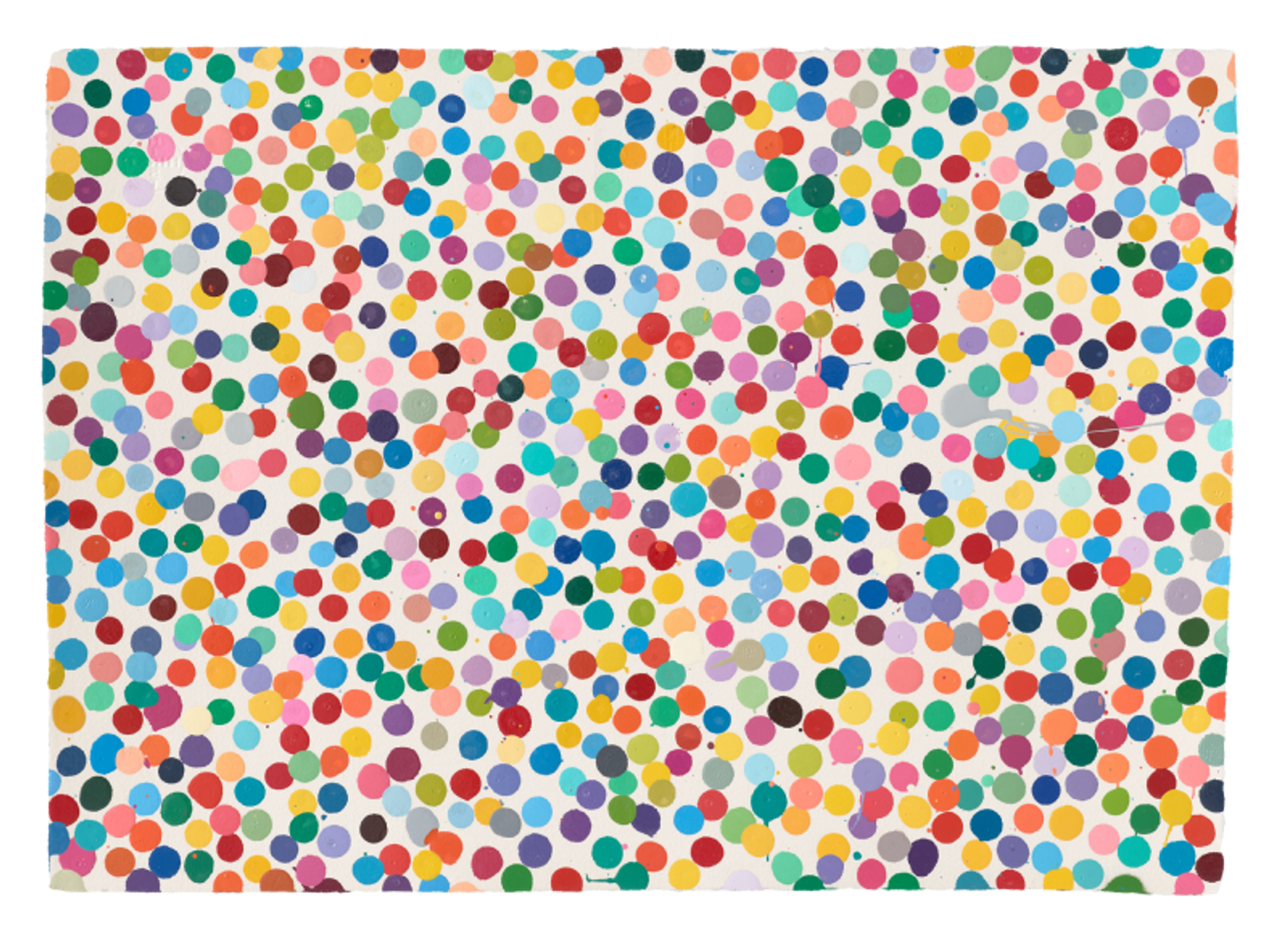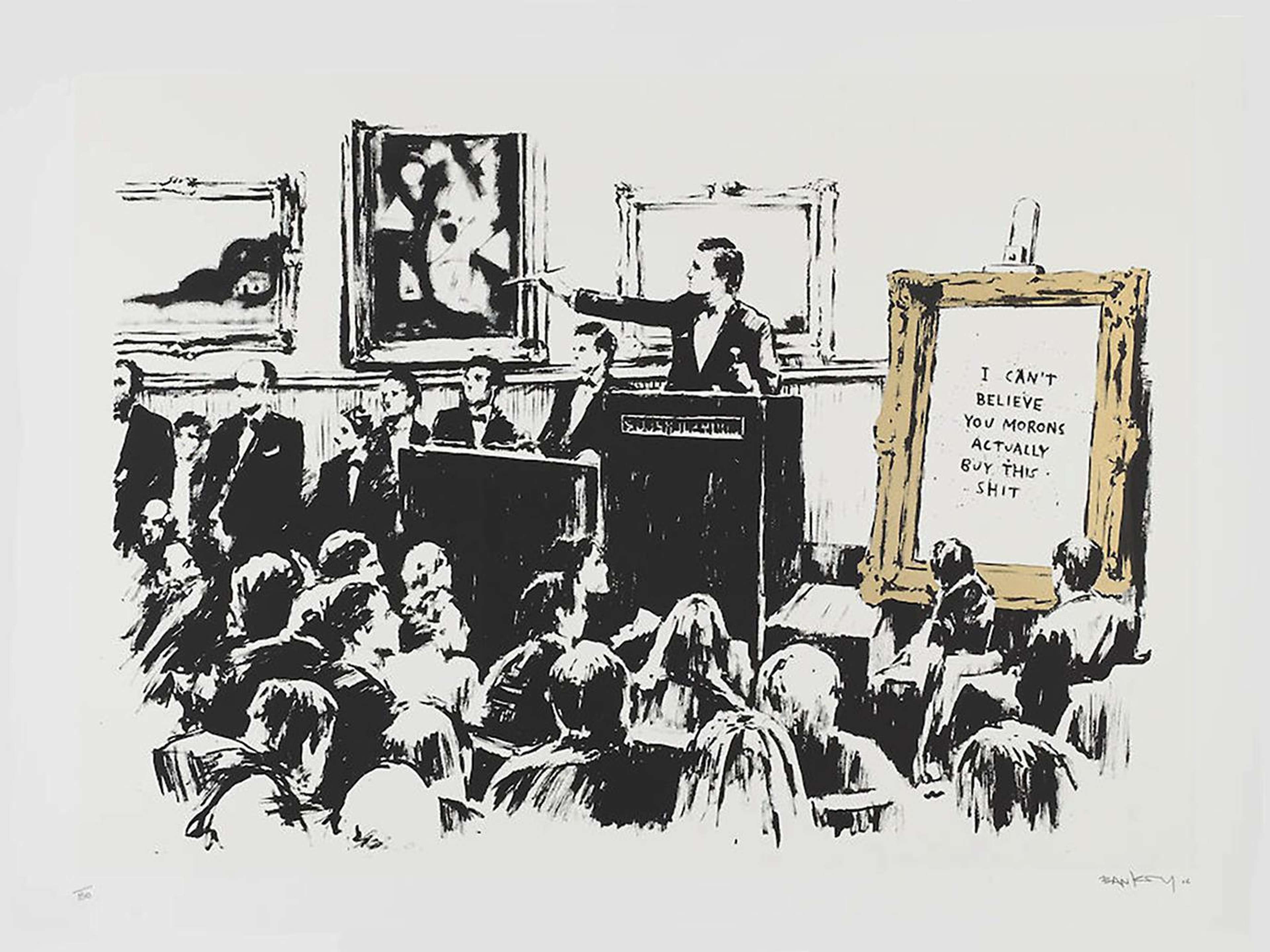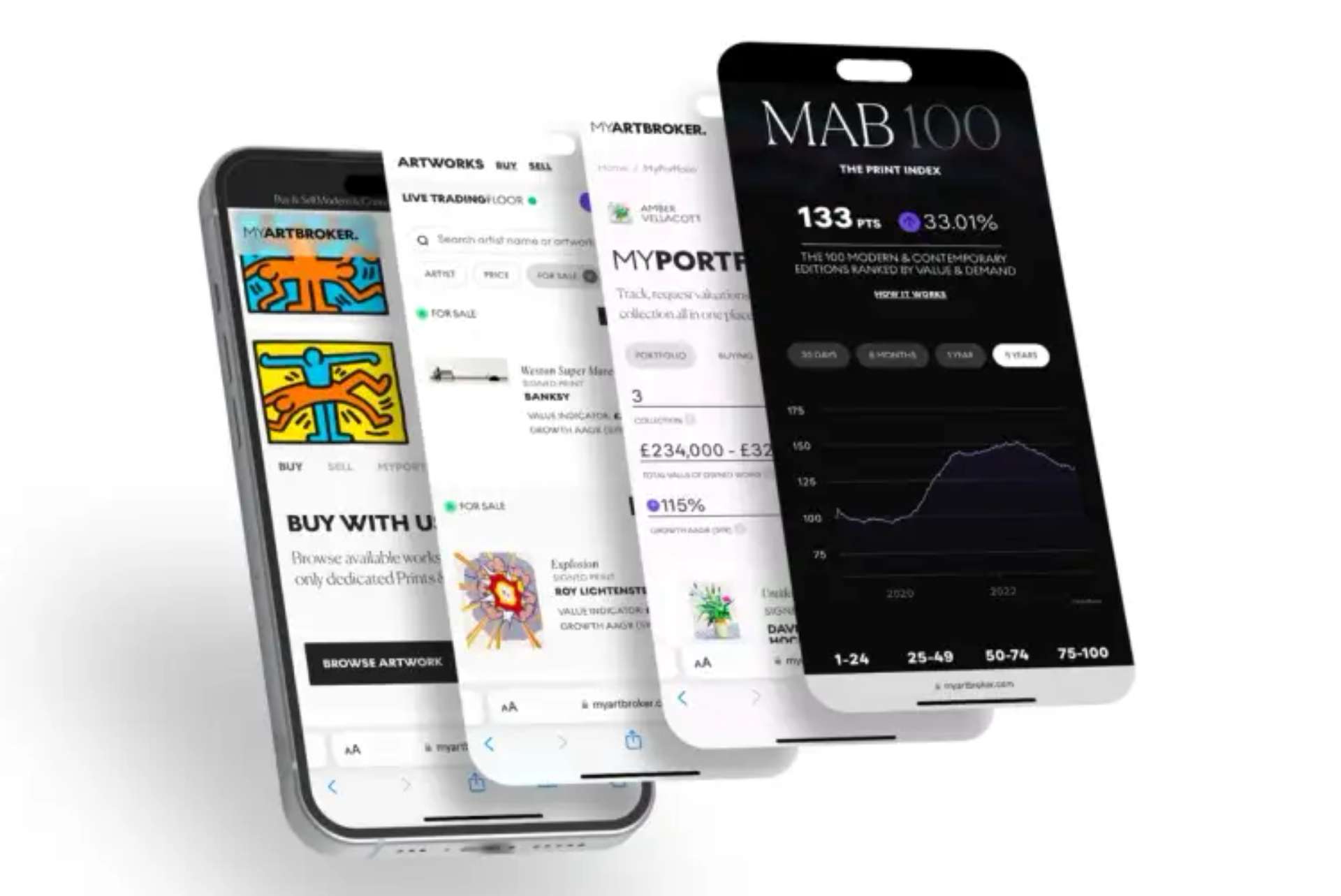The Role of Big Data in Art Ownership

 Gold Tears © Damien Hirst 2012
Gold Tears © Damien Hirst 2012Live TradingFloor
At the intersection of art and technology lies the promise of big data in art ownership. With the arrival of digitisation and increased data transparency, collectors now have unprecedented access to information about the Blue Chip art market. From tracking the ownership and provenance of artworks to analysing market trends, big data has the potential to revolutionise the way we approach art ownership.
As the world continues to evolve and adapt to new technologies, those willing to embrace the power of big data stand to gain valuable insights and advantages in this highlight competitive market.
 Trading Floor © MyArtBroker 2023
Trading Floor © MyArtBroker 2023The Art of Data Analytics: A New Era of Art Collecting
In today's era of art collecting, data analytics is at the forefront: providing collectors with data-driven insights and tools previously unavailable to the public. Leveraging the power of big data has created an entirely new infrastructure for art technology and art investment strategies, allowing collectors to make more financially confident acquisitions.
Investors in specific markets may find themselves uniquely positioned to access art market predictions and analytics through art technology like our trading floor. This is a live platform allowing collectors to get an accurate view of supply and demand in the print marketplace, in real time. Using data analytics, the trading floor provides users with valuable insights into the state of the art market. Using this online and free platform, you can view: which artists are currently in demand, which prints & editions are selling for the highest prices, and the trends that are emerging right now.
 MyPortfolio © MyArtBroker 2023
MyPortfolio © MyArtBroker 2023Visualising Art Data: Transforming Insights into Action
A critical step in transforming art market insights into easily understood information is actually visualising it. Think about how overwhelming it is to consume large amounts of data on artworks, artists, and the market, then make sense of it. Visualised art data makes art market forecasts more digestible and easier to understand.
Tools like MyPortfolio demystify big art data. MyPortfolio is the only print market index in the world, and offers - on the front end of our site - the data investors and collectors need to manage art valuations, buy, sell, and track demand in real time. With MyPortfolio, MyArtBroker is transforming collectors into the new ‘gatekeepers’ in the art market, making this traditionally opaque market a more transparent and accessible space than ever before.
Let's say a collector has been using their MyPortfolio dashboard to track their collection of Banksy prints & editions. By visualising their data (which is tailored by the individual user, who can input the date and price of purchase to view accurate value growth), they may notice which works have greater value in their portfolio. By managing their entire portfolio in one place, the collector can see the value appreciation of their prints over time, signifying the healthiness of their investment. Armed with these insights, the collector can make informed decisions about future art purchases, knowing that they are building a collection that aligns with their own tastes and has the potential to appreciate in value over time.
Decoding Art Trends: Predicting the Future of the Art Market
Increase in Online Markets and Sales
The closest thing to predicting the market, is analysing the past and current available data. It’s not difficult to guess that an increase in online sales is correlated to the increase of art market data via art technology and online platforms. The rise of online sales has had a significant impact on the art market, making it easier for collectors to discover and purchase works from around the world. Online sales have also increased transparency and accessibility in the market, empowering a wider range of collectors to participate in the art world.
Growth in the Print Market
It’s no secret that the print market’s growth is largely facilitated through online sales. While collectors and investors are now more privy to the data needed to make better art investments, they’re in alignment to also make purchases that make the most fiscal sense- purchases from the print market. Blue chip prints offer a more a more affordable and accessible way to collect works by Andy Warhol, L. S. Lowry, David Hockney, and other Modern & Contemporary masters that boast some of the highest average annual growth rates in the print market. Resources like our Ultimate Print Market Report provides collectors with insights into the market for limited edition prints.
Data-Driven Collectors
Millennials have been a growing segment in art collecting, not only through ease of accessibility from online sales and auction, but the growing rate of available data online. Millennials are increasingly becoming a significant segment of art collectors, with many showing a strong interest in collecting contemporary and emerging artists. As this generation continues to build their wealth and expand their collections, they are expected to have a significant impact on the future of the art market.
Empowering Art Owners: How Big Data is Improving Decision-Making
The art market has historically been shrouded in secrecy and subjectivity, with decision-making often based on personal relationships and insider knowledge. However, with the advent of big data analytics, art owners now have access to more objective and data-driven insights into the art market. By analysing data on factors such as auction results, exhibition attendance, and social media engagement, art owners can gain a deeper understanding of the value and potential of their art collections.
Data analytics can also help art owners make more informed decisions about buying and selling art. By analysing market trends and identifying emerging artists and styles, art owners can make strategic buying decisions and take advantage of opportunities in the market. Additionally, by tracking the performance of their art collections over time, art owners can make data-driven decisions about when to sell, and at what price point, in order to maximise their returns. Overall, big data is empowering art owners with a new level of transparency and insight, enabling them to make more informed decisions about their art collections.
The Future of Art Ownership in the Age of Big Data
The use of big data in the art market shows substantial potential to transform the way we approach art ownership. With the increased digitisation of the art world, collectors and researchers now have access to a wealth of data and insights that were previously unavailable.
As the art market continues to evolve and adapt to new technology, those who are willing to embrace the power of big data will have a distinct advantage in a highly competitive market. By harnessing the power of data analytics, art owners can make more financially confident acquisitions and gain a deeper understanding of the value and potential of their art collections. The future of art ownership is bright, thanks to the transformative promise of big data.































































